Home>Gardening & Outdoor>Plant Care & Gardening Tips>How Often To Water Potted Mums


Plant Care & Gardening Tips
How Often To Water Potted Mums
Published: February 16, 2024
Learn the best plant care and gardening tips for potted mums, including how often to water them and keep them thriving. Discover expert advice for maintaining healthy potted mums.
(Many of the links in this article redirect to a specific reviewed product. Your purchase of these products through affiliate links helps to generate commission for Storables.com, at no extra cost. Learn more)
Introduction
Potted mums, with their vibrant blooms and lush foliage, are a delightful addition to any indoor or outdoor space. These charming plants, also known as chrysanthemums, are popular for their stunning array of colors and their ability to thrive in containers. However, to ensure the health and longevity of potted mums, it is crucial to understand the best practices for watering them.
Proper watering is a fundamental aspect of caring for potted mums, as it directly impacts their growth, blooming, and overall well-being. Finding the right balance in watering frequency and quantity is essential for maintaining healthy and vibrant mums.
In this comprehensive guide, we will delve into the various factors that influence the watering needs of potted mums, signs that indicate overwatering or underwatering, an optimal watering schedule, and valuable tips to ensure that your mums receive the right amount of moisture to thrive.
Understanding how often to water potted mums is a key component of successful plant care. By the end of this article, you will be equipped with the knowledge and insights to confidently nurture your potted mums, fostering an environment where they can flourish and bring joy with their radiant blooms.
Key Takeaways:
- Proper watering is crucial for potted mums’ health. Factors like season, pot size, and sunlight exposure affect watering needs. Recognizing signs of overwatering and underwatering is key to maintaining vibrant blooms.
- Create a consistent watering schedule for potted mums based on season and soil moisture. Use room-temperature water, mulching, and self-watering systems for optimal care. Adjust watering during blooming for vibrant flowers.
Read more: How Often To Water Outdoor Mums
Factors Affecting Watering Frequency
Several crucial factors influence the frequency at which potted mums should be watered. Understanding these elements is essential for providing optimal care for these vibrant plants.
-
Season and Climate: The seasonal variations and prevailing climate significantly impact the watering needs of potted mums. During the warmer months, mums may require more frequent watering due to increased evaporation and higher transpiration rates. In contrast, during cooler periods, such as fall or winter, the watering frequency may decrease as the plants enter a dormant phase.
-
Pot Size and Material: The size and material of the pots housing the mums play a pivotal role in determining their watering requirements. Smaller pots tend to dry out more quickly, necessitating more frequent watering, while larger containers retain moisture for a longer duration. Additionally, pots made of porous materials, such as terracotta, facilitate faster evaporation, impacting the watering frequency.
-
Soil Composition and Drainage: The type of soil and its drainage properties directly influence how often potted mums should be watered. Well-draining soil, enriched with organic matter, allows excess water to escape, preventing waterlogged conditions that can harm the plants. Conversely, compacted or poorly-draining soil retains water, necessitating a more cautious approach to watering.
-
Sunlight Exposure: The amount of sunlight the mums receive affects their water requirements. Plants situated in areas with intense sunlight may experience faster evaporation, leading to an increased need for watering. Conversely, those in shaded locations may retain moisture for longer periods, impacting the frequency of watering.
-
Plant Size and Growth Stage: The size and growth stage of the potted mums are crucial factors to consider when determining watering frequency. Larger, more established plants with extensive root systems may require more frequent watering to sustain their growth and blooming. Conversely, newly potted or smaller mums may need less frequent watering as they establish their root systems.
Understanding these factors empowers plant enthusiasts to make informed decisions regarding the watering needs of their potted mums. By considering these elements, individuals can create an optimal environment for their mums to thrive, ensuring that they receive the right amount of moisture to support their growth and vitality.
Signs of Overwatering and Underwatering
Understanding the signs of overwatering and underwatering is crucial for maintaining the health and vitality of potted mums. Both conditions can have detrimental effects on the plants, making it essential to recognize the distinct indicators associated with each.
Overwatering
- Wilting: Surprisingly, overwatering can cause the leaves of potted mums to wilt. This occurs as the roots suffocate due to excessive moisture, hindering their ability to absorb essential nutrients and oxygen.
- Yellowing Leaves: When potted mums receive more water than they require, the leaves may exhibit yellowing or browning, indicating potential root rot caused by waterlogged soil.
- Mold and Mildew: Excessive moisture creates a favorable environment for mold and mildew to thrive. If the soil surface or the base of the plant appears fuzzy or discolored, it may be a sign of overwatering.
- Stunted Growth: Overwatered mums may display stunted growth as the roots struggle to function in waterlogged conditions, impeding their ability to support healthy foliage and blooms.
Underwatering
- Drooping Leaves: Insufficient water can cause the leaves of potted mums to droop and appear limp, signaling the plant's distress due to dehydration.
- Dry and Brittle Soil: When mums are underwatered, the soil may become excessively dry and compacted, making it challenging for the roots to access the necessary moisture.
- Faded or Crispy Leaves: Inadequate water supply can lead to the leaves of potted mums becoming faded, crispy, or even developing brown edges, indicating the plant's struggle to maintain proper hydration.
- Slow Growth and Wilting: Underwatered mums may exhibit slowed growth and wilting, as the lack of water hinders their ability to carry out essential physiological processes, such as nutrient uptake and photosynthesis.
By recognizing these telltale signs of overwatering and underwatering, plant enthusiasts can promptly adjust their watering practices to restore the optimal moisture balance for their potted mums. This awareness empowers individuals to intervene effectively, safeguarding the plants from the detrimental effects of water-related stress and promoting their overall well-being.
Read more: How Often To Water Mums Outside
Watering Schedule for Potted Mums
Establishing a consistent and well-calibrated watering schedule is essential for nurturing healthy and vibrant potted mums. By adhering to a structured watering routine, plant enthusiasts can provide the optimal moisture levels necessary for the mums to thrive. The following guidelines offer valuable insights into creating an effective watering schedule tailored to the specific needs of potted mums.
Consider the Season and Climate
The watering schedule for potted mums should be adjusted according to the prevailing season and climate. During the warmer months, when evaporation rates are higher, mums may require more frequent watering to compensate for the increased moisture loss. Conversely, in cooler seasons, such as fall and winter, the watering frequency can be reduced as the plants enter a dormant phase, necessitating less frequent watering to prevent waterlogging.
Assess Soil Moisture Levels
Regularly assessing the moisture levels in the soil is crucial for determining the appropriate watering schedule for potted mums. Before watering, it is advisable to perform a simple soil moisture test by inserting a finger into the soil to gauge its dampness. If the soil feels dry to the touch at a depth of 1-2 inches, it indicates the need for watering. However, if the soil feels moist, it is advisable to delay watering to prevent overhydration.
Optimize Watering Frequency
In general, potted mums typically require watering when the top layer of the soil becomes dry. However, the specific watering frequency may vary based on factors such as pot size, soil composition, and environmental conditions. As a general guideline, watering potted mums every 2-3 days during the active growing season is recommended, adjusting the frequency based on the plant's individual needs and the prevailing environmental factors.
Read more: How Often To Water Outdoor Potted Plants
Implement a Consistent Routine
Consistency is key when establishing a watering schedule for potted mums. By adhering to a regular routine, such as watering the plants at the same time each day, plant enthusiasts can help the mums acclimate to a predictable watering pattern, promoting healthy growth and blooming. Additionally, maintaining a consistent watering schedule minimizes the risk of overwatering or underwatering, fostering a stable and conducive environment for the plants.
Monitor Plant Response
Observing the response of potted mums to the watering schedule is essential for fine-tuning the frequency and quantity of water provided. Paying attention to the plant's overall health, foliage appearance, and blooming patterns can offer valuable insights into whether the current watering schedule adequately meets the mums' needs. Adjustments can be made based on the plant's response to ensure that the watering schedule remains optimal.
By incorporating these considerations into the watering schedule for potted mums, plant enthusiasts can effectively meet the plants' moisture requirements, promoting robust growth, vibrant blooms, and overall well-being. A well-crafted watering schedule, tailored to the specific needs of potted mums, serves as a cornerstone of successful plant care, nurturing an environment where these charming plants can thrive and enchant with their resplendent beauty.
Tips for Proper Watering
Proper watering techniques are essential for maintaining the health and vitality of potted mums. By implementing the following tips, plant enthusiasts can ensure that their mums receive the optimal moisture levels necessary for robust growth and vibrant blooms.
1. Water at the Base
When watering potted mums, it is advisable to direct the water at the base of the plant, near the soil surface. This targeted approach helps deliver moisture directly to the roots, where it is most needed. Avoiding overhead watering minimizes the risk of water accumulating on the foliage, which can potentially lead to issues such as fungal diseases or sunscald.
Read more: How Often To Water Outdoor Potted Flowers
2. Use Room-Temperature Water
Using room-temperature water when watering potted mums is beneficial, as extreme temperature differentials can stress the plants. Cold water can shock the roots, while hot water may inadvertently raise the soil temperature, impacting the mums' delicate root systems. Allowing the water to reach a moderate temperature before application helps maintain a favorable environment for the plants.
3. Employ Mulching Techniques
Applying a layer of organic mulch, such as wood chips or compost, around the base of potted mums can help conserve moisture and regulate soil temperature. Mulch acts as a protective barrier, reducing water evaporation from the soil and minimizing temperature fluctuations. Additionally, it aids in inhibiting weed growth, promoting a healthier growing environment for the mums.
4. Consider Self-Watering Systems
For individuals seeking a convenient and efficient watering solution, self-watering systems can be a valuable investment. These systems, available in various designs, provide a consistent and regulated water supply to potted mums, ensuring that the plants receive moisture as needed. Self-watering containers or devices can be particularly beneficial for busy individuals or those with multiple plants to care for.
5. Observe Early Morning Watering
Opting to water potted mums in the early morning is advantageous, as it allows the plants to absorb moisture before the day's peak heat. Watering in the morning reduces the risk of water loss through evaporation, ensuring that the mums have access to adequate hydration throughout the day. Additionally, this timing minimizes the potential for prolonged moisture on the foliage, decreasing the likelihood of fungal issues.
Read more: How To Plant Mums In A Pot
6. Adjust Watering During Blooming
During the blooming phase, potted mums may benefit from slightly increased watering to support the development and longevity of their vibrant flowers. Monitoring the soil moisture levels and adjusting the watering frequency accordingly can help sustain the mums' blooming period, ensuring that the flowers remain vibrant and captivating.
By incorporating these tips into their watering practices, plant enthusiasts can foster an environment where potted mums receive the precise moisture levels essential for their well-being. These strategies not only promote healthy growth and blooming but also contribute to the overall resilience and vitality of these charming plants.
Conclusion
In conclusion, mastering the art of watering potted mums is a fundamental aspect of nurturing these captivating plants. By considering the various factors that influence watering frequency, recognizing the signs of overwatering and underwatering, and implementing a well-crafted watering schedule, plant enthusiasts can create an optimal environment for their mums to thrive. The insights shared in this guide serve as a valuable resource for individuals seeking to enhance their plant care skills and foster the health and vitality of their potted mums.
Understanding the dynamic interplay of factors such as season and climate, pot size and material, soil composition and drainage, sunlight exposure, and plant size and growth stage empowers individuals to make informed decisions regarding the watering needs of their mums. By taking these elements into account, plant enthusiasts can tailor their watering practices to create a nurturing environment that supports the robust growth and vibrant blooms of their potted mums.
Recognizing the signs of overwatering and underwatering is crucial for promptly addressing any imbalances in moisture levels. By observing the plant's response and adjusting the watering practices accordingly, individuals can safeguard their mums from the detrimental effects of water-related stress, promoting their overall well-being and longevity.
Establishing a well-calibrated watering schedule, tailored to the specific needs of potted mums, is essential for providing the optimal moisture levels necessary for healthy growth and blooming. By considering the seasonal variations, assessing soil moisture levels, optimizing watering frequency, implementing a consistent routine, and monitoring the plant's response, individuals can ensure that their mums receive the precise amount of moisture required to flourish.
Furthermore, incorporating proper watering techniques, such as watering at the base, using room-temperature water, employing mulching strategies, considering self-watering systems, opting for early morning watering, and adjusting watering during blooming, contributes to the overall resilience and vitality of potted mums.
In essence, by integrating the knowledge and strategies presented in this guide, individuals can cultivate a nurturing environment where potted mums thrive, enchanting with their resplendent beauty and bringing joy with their vibrant blooms. With a deep understanding of the intricacies of watering potted mums, plant enthusiasts can embark on a rewarding journey of plant care, fostering a harmonious and flourishing space adorned with the captivating allure of these delightful plants.
Frequently Asked Questions about How Often To Water Potted Mums
Was this page helpful?
At Storables.com, we guarantee accurate and reliable information. Our content, validated by Expert Board Contributors, is crafted following stringent Editorial Policies. We're committed to providing you with well-researched, expert-backed insights for all your informational needs.


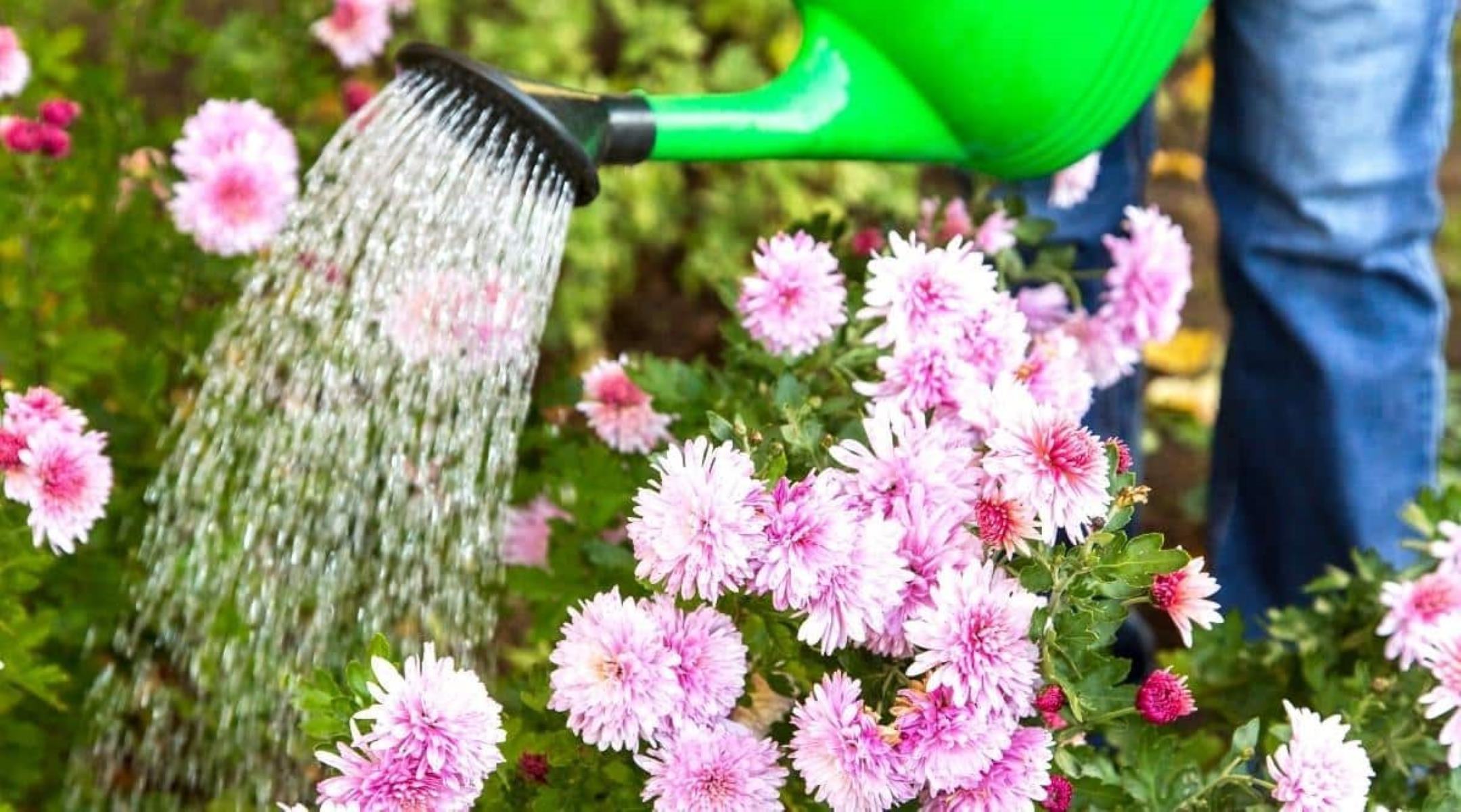
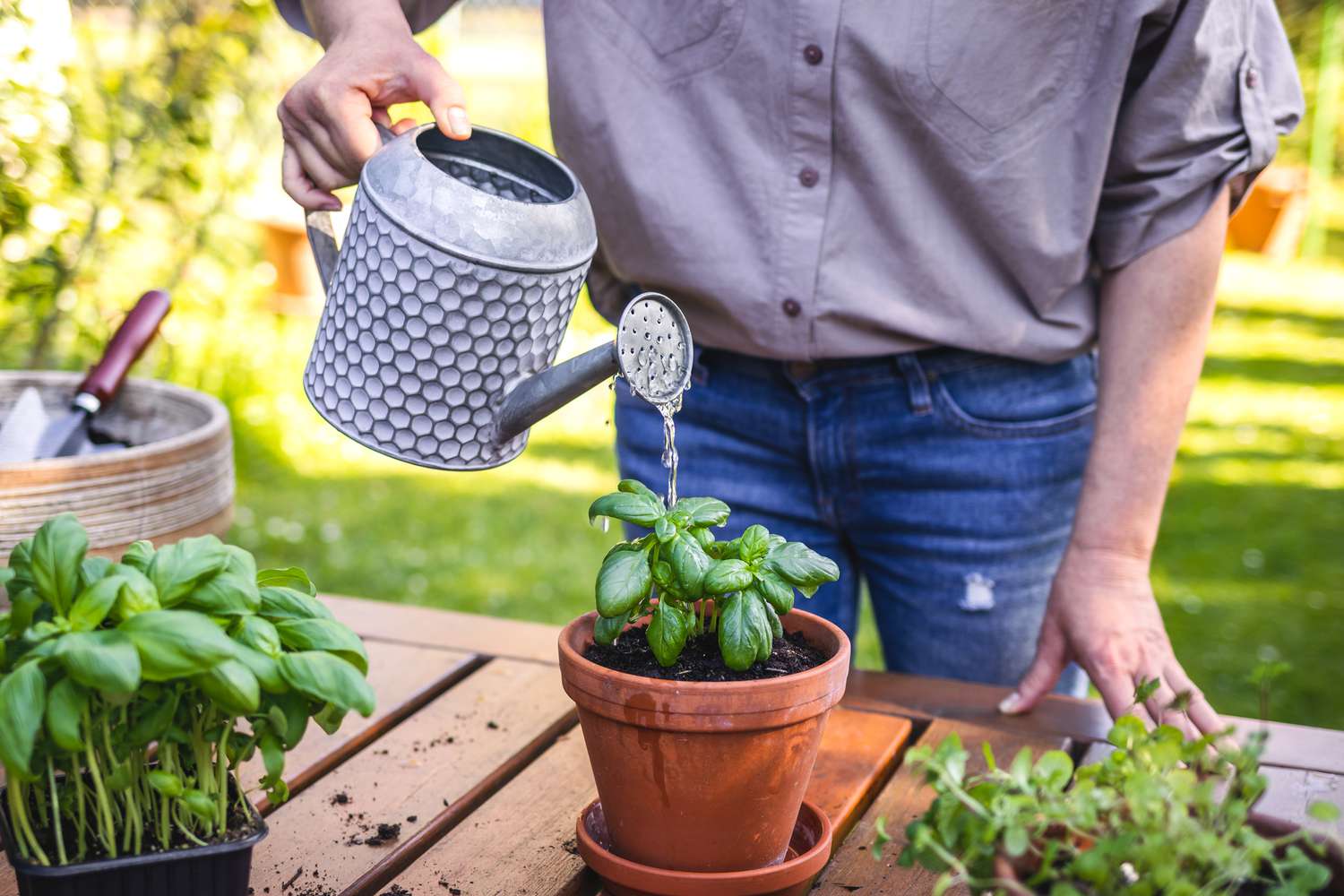
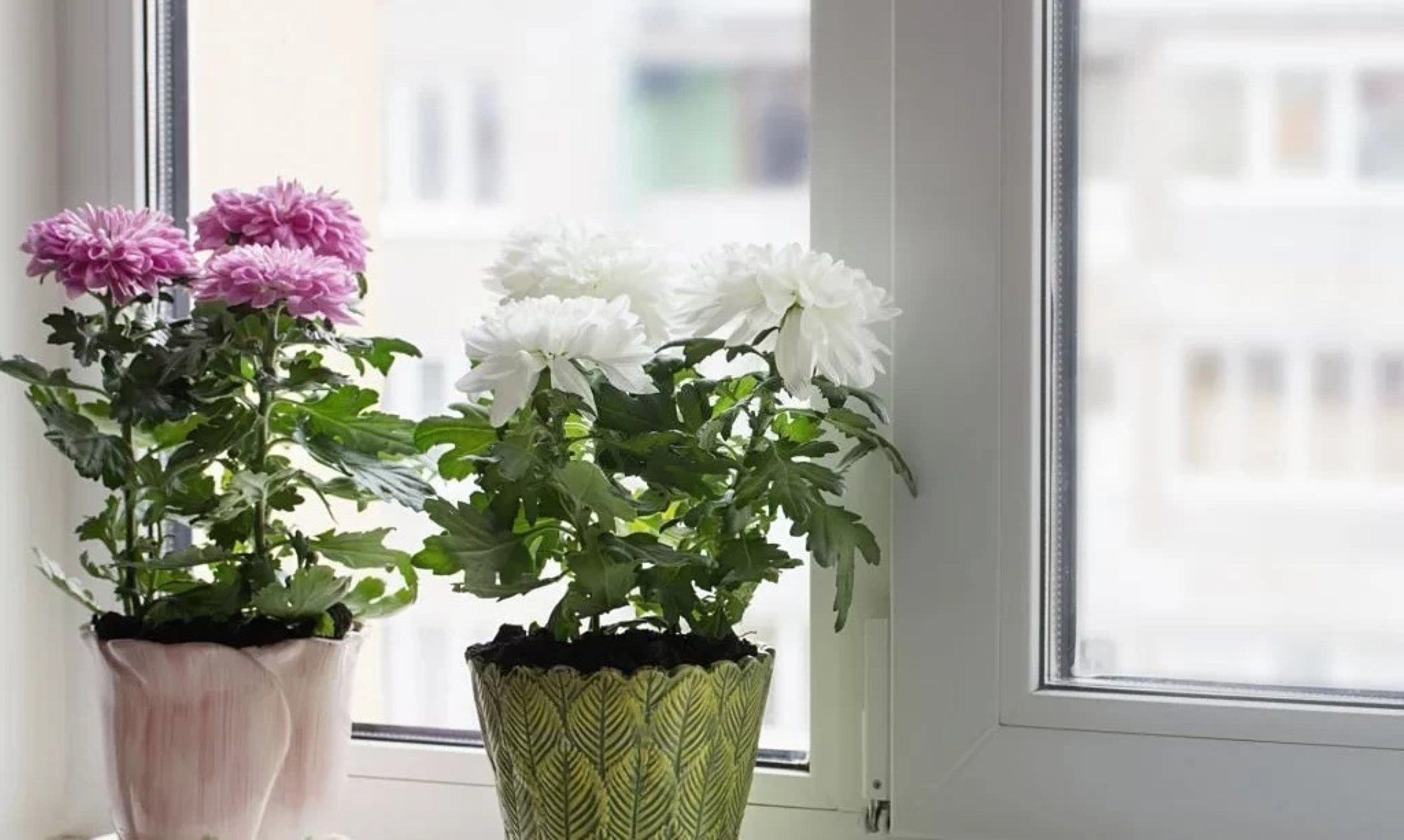

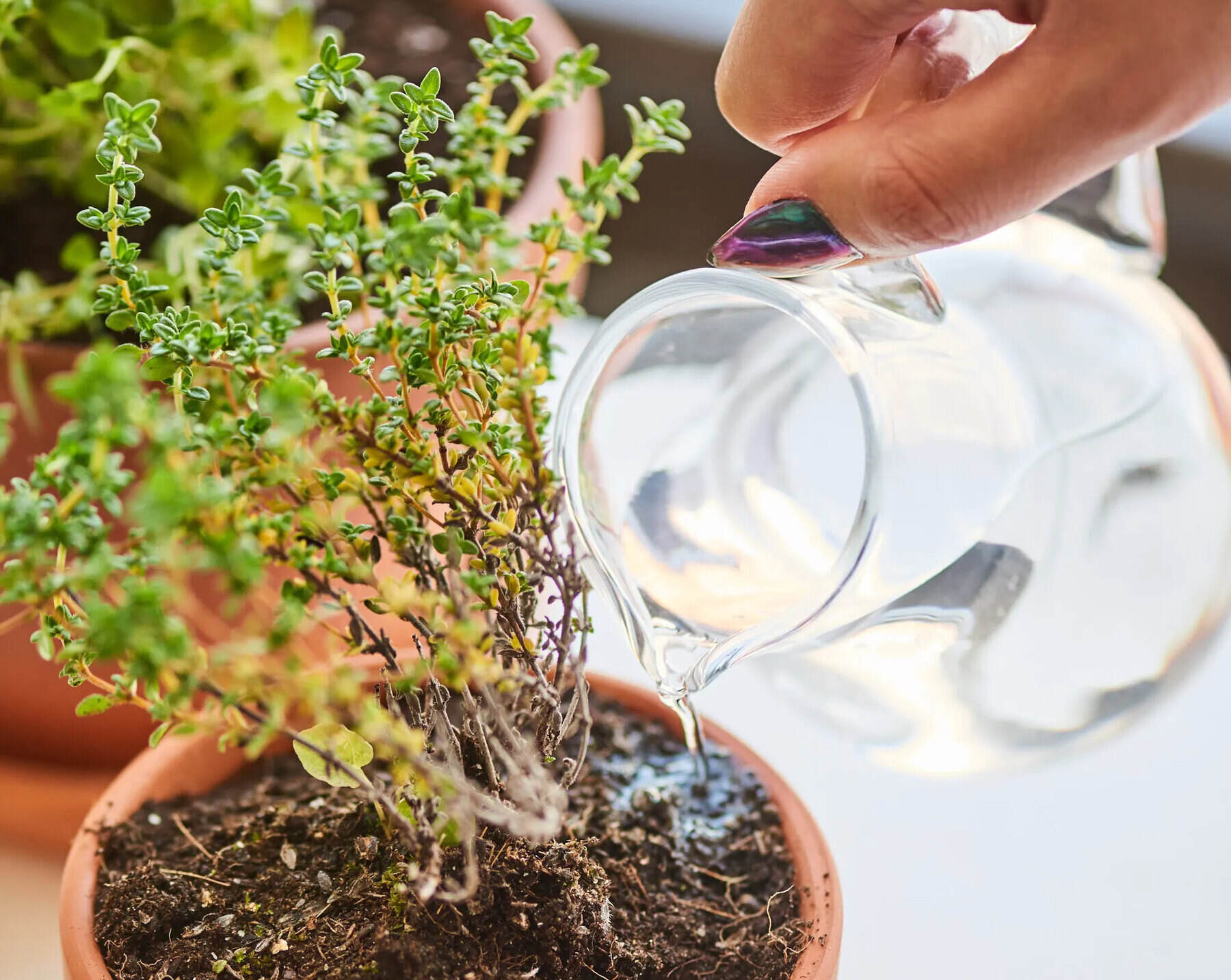
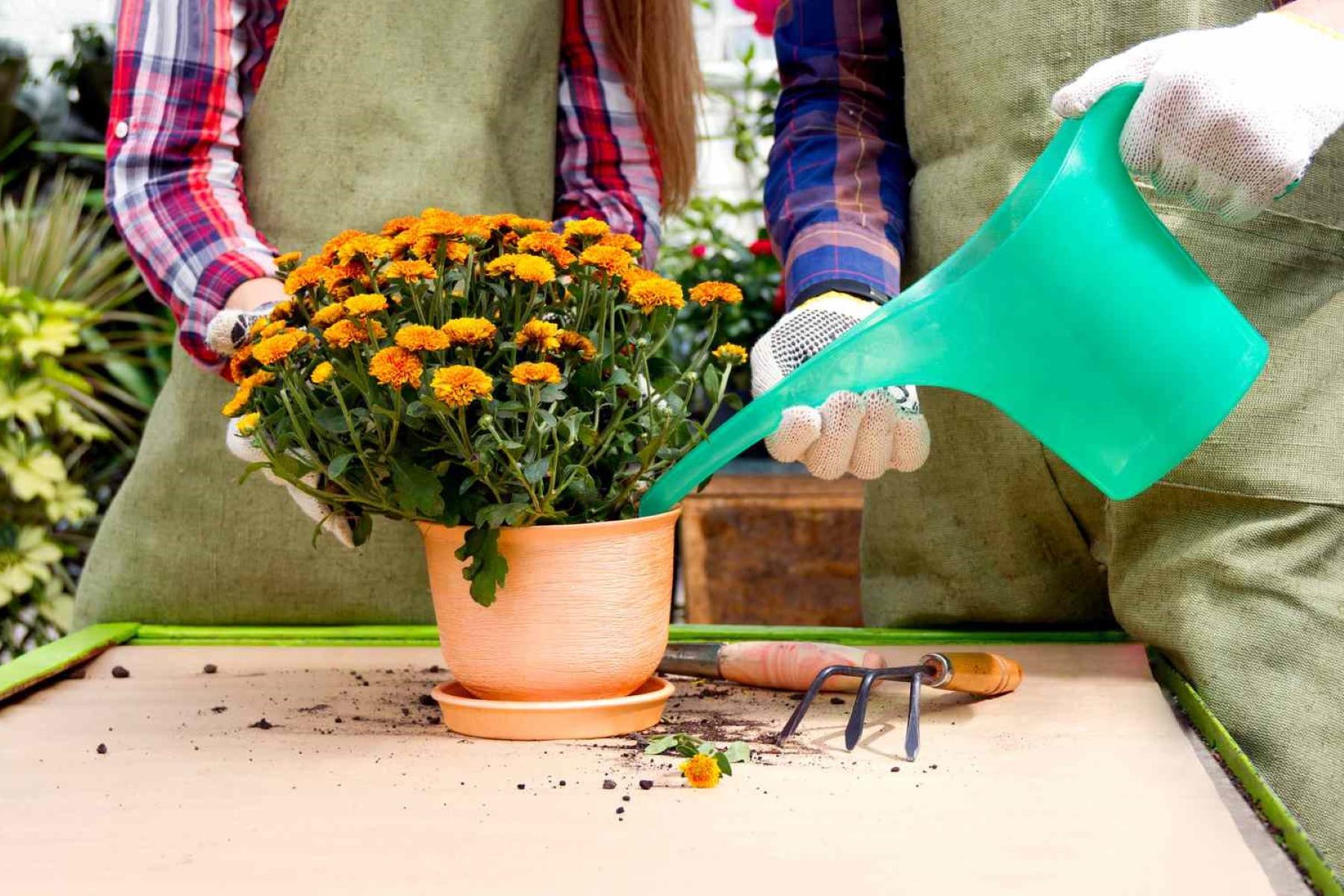
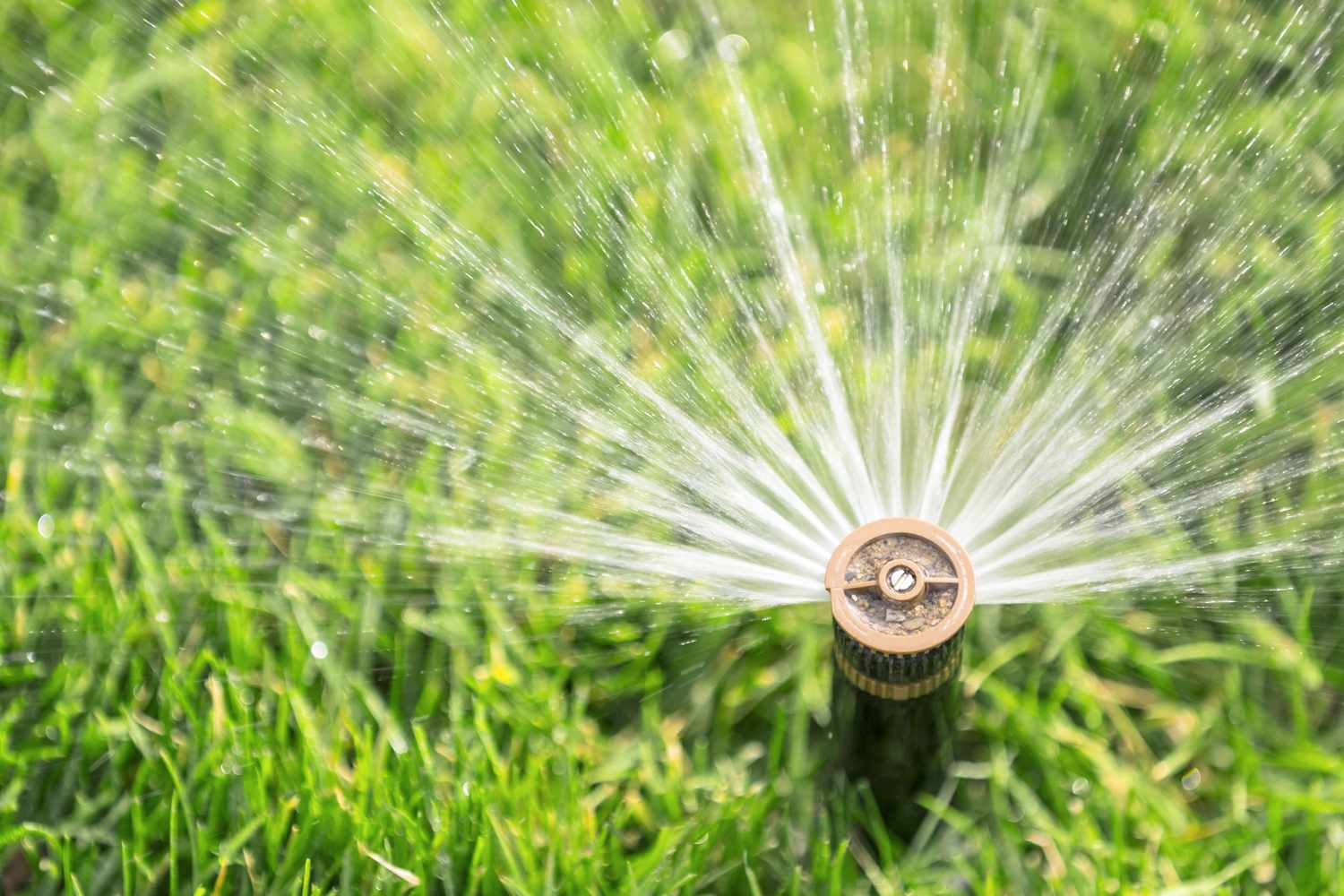
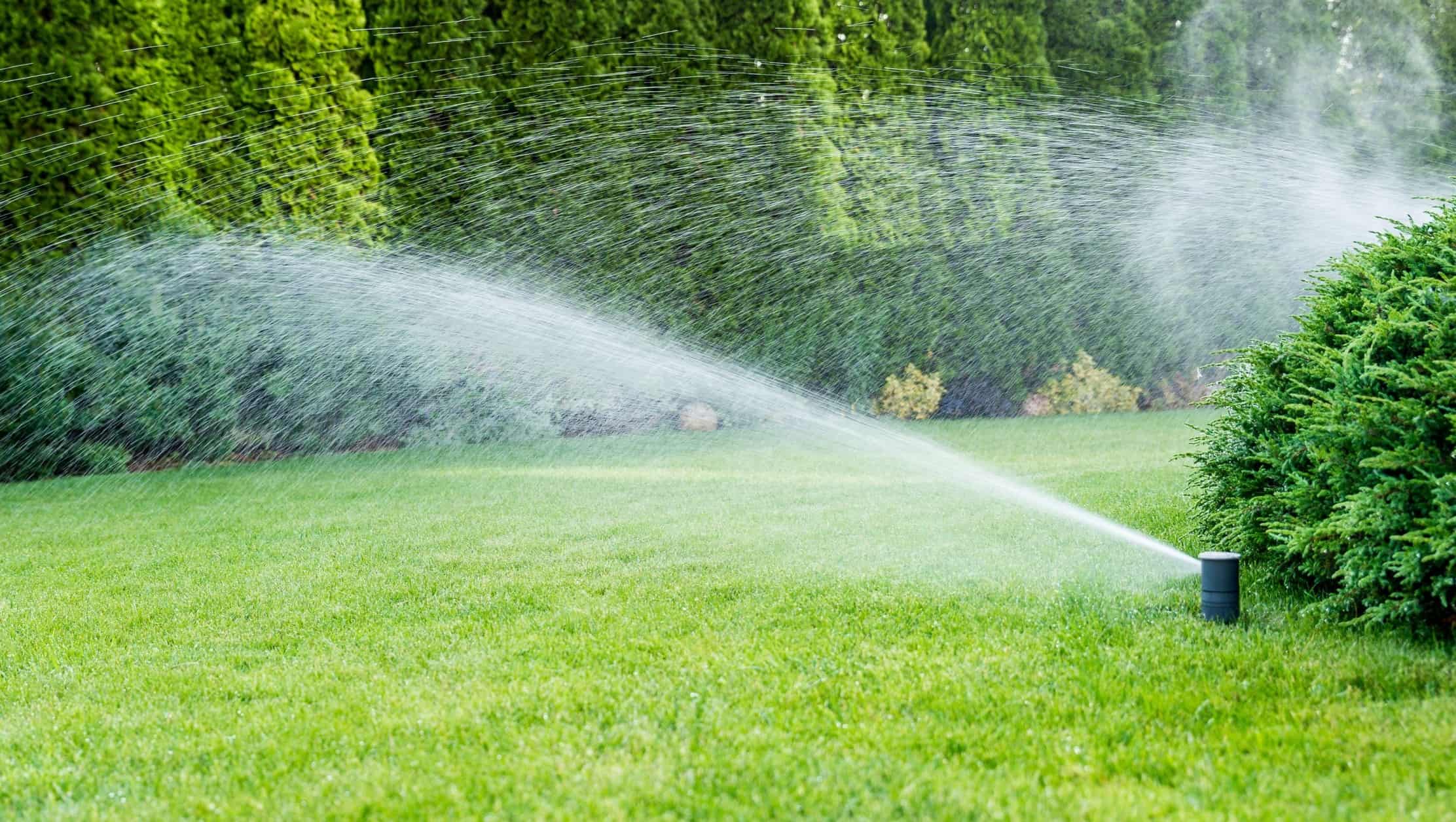
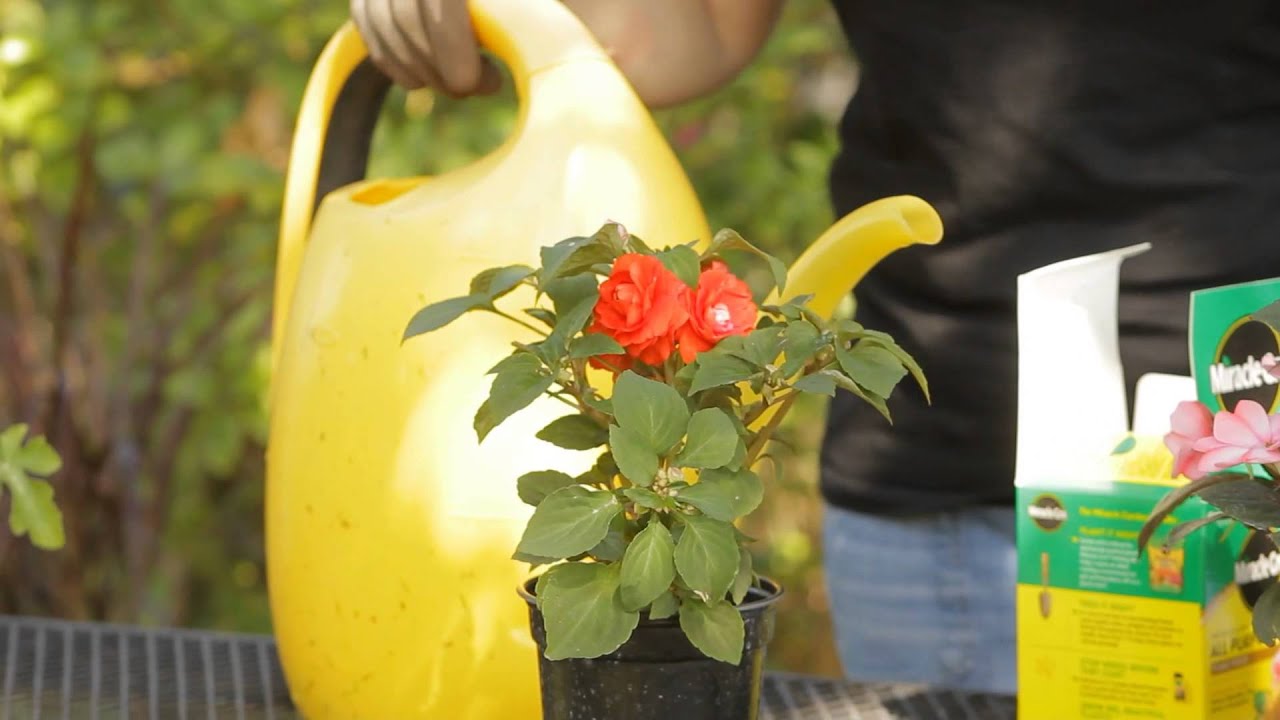

0 thoughts on “How Often To Water Potted Mums”